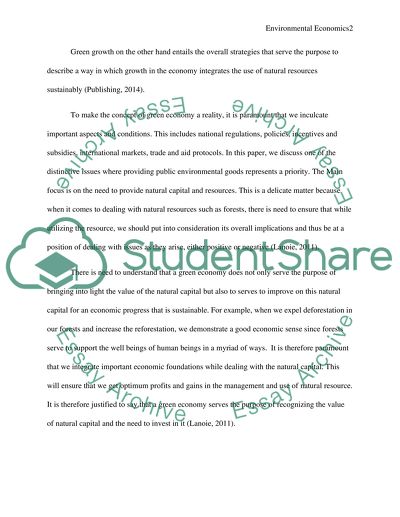Cite this document
(“Environmental Economics Assignment Example | Topics and Well Written Essays - 2250 words”, n.d.)
Environmental Economics Assignment Example | Topics and Well Written Essays - 2250 words. Retrieved from https://studentshare.org/environmental-studies/1688494-environmental-economics
Environmental Economics Assignment Example | Topics and Well Written Essays - 2250 words. Retrieved from https://studentshare.org/environmental-studies/1688494-environmental-economics
(Environmental Economics Assignment Example | Topics and Well Written Essays - 2250 Words)
Environmental Economics Assignment Example | Topics and Well Written Essays - 2250 Words. https://studentshare.org/environmental-studies/1688494-environmental-economics.
Environmental Economics Assignment Example | Topics and Well Written Essays - 2250 Words. https://studentshare.org/environmental-studies/1688494-environmental-economics.
“Environmental Economics Assignment Example | Topics and Well Written Essays - 2250 Words”, n.d. https://studentshare.org/environmental-studies/1688494-environmental-economics.


